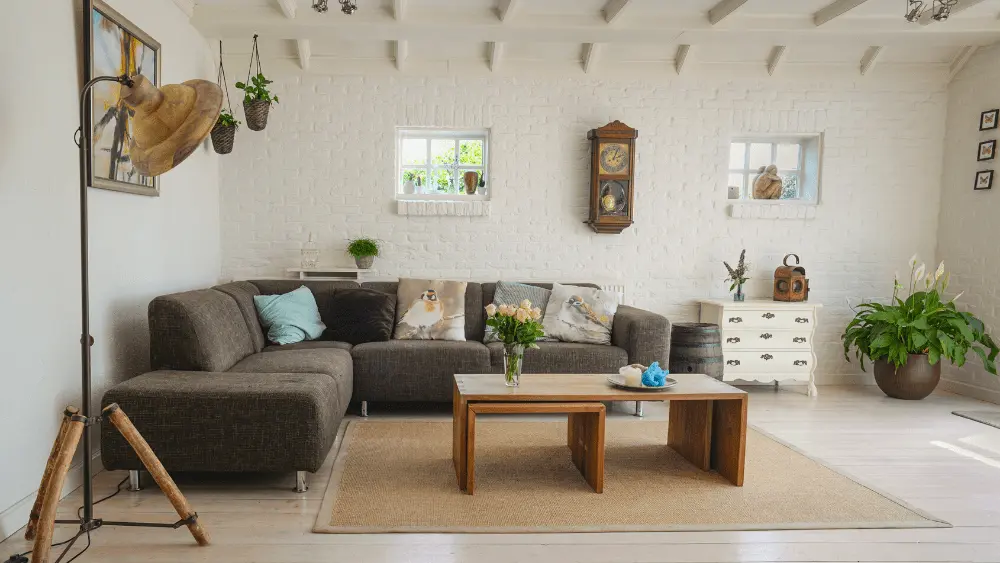
You’ve seen this style before. You may have even grown up in a traditionally designed home. However, you may not have recognized it by the name “traditional.”
Traditional interior design is both comfortable and elegant at the same time. Influenced by classical European styles, traditional interiors are filled with rich colors, regal furniture, and perfectly placed accessories to create a comforting and restful space.
What is Traditional Style?
Symmetry and balance are paramount in traditional design. Where postmodernism is in your face and off-kilter, traditional design rejects jarring, eclectic or mismatched pieces. Everything looks like it’s meant to go together. It is plush and soft but not overly opulent. The overall vibe of traditional decor is calm, comforting, and perhaps even a bit predictable.
What are some major design elements of traditional style decorating?
Fabrics and Textures
Most traditional designs use depth and layering to create an inviting space. While there seems to be some debate about texture and how much to use, patterns are 100 percent welcome. Florals, stripes, muted plaids, paisley, geometrics, tone-on-tone and small all-over prints are all great choices. Rich fabrics like velvet, silk and brocade are used for upholstering, curtains, and rugs.
Furniture and Accessories
Traditional home furnishings feature elaborate details and elegant finishes. Carved wood and dark, finished wood are common in traditional homes. The principles of symmetry and familiarity are present right down to the arrangement of the room. Furniture is placed in the center of the room at perpendicular angles, with the sofa directly facing a fireplace, television or other focal point.
Accessories always come in twos and so do smaller furnishings – everything from lamps, end tables and armchairs. Put your best china, crystal and vases on display.
When decorating windows in a traditional space, skip the simple modern blinds. Ambience Design Group in Woodbridge, Ontario notes that traditional design leans more toward formal window coverings like curtains or drapes.
Colors and Patterns
The color palette of a traditional home is relatively lavish, with jewel tones and deep dark colors dominating. You can incorporate lighter or muted colors too, but stay away from anything neon bright. Use a neutral color on the walls and reserve deeper shades for furniture, upholstery and floors. Hanna Callaway, Interior Designer at Exfloorit.com in Anaheim, Calif. says gilded and other metallic elements can add flourishes hearkening back to the style of Louis XIV.
Architectural Details
Architectural embellishments are widely used in traditional style. Their fine details are part of what gives the traditional design its sumptuous and abundant feel. Extras like crown molding, wainscoting, columns, built-in cabinetry, and coffered ceilings give your interiors an old world charm. Additions like stained glass, a glazed door or checkered tiles could be the perfect detail to complement your traditional study, office or billiard room.
Traditional style is popular because it allows homeowners to use original appliances, show off family furniture or heirlooms, and is appropriate for all ages.

Rebecca Rosenberg is a freelance copywriter, digital media strategist and world traveler. After working in marketing for some of Austin’s most beloved brands, Rebecca started her own business and left Texas behind to travel the world. You can find her currently bumming around Europe. Often flying solo, she has visited over 35 countries and lived abroad in four. In addition to being a digital nomad, Rebecca is an avid hiker, design enthusiast and certified plant nerd. She speaks English, Spanish, German and Korean.
 7 Easy Ways to Make Your New Home Safer
7 Easy Ways to Make Your New Home Safer